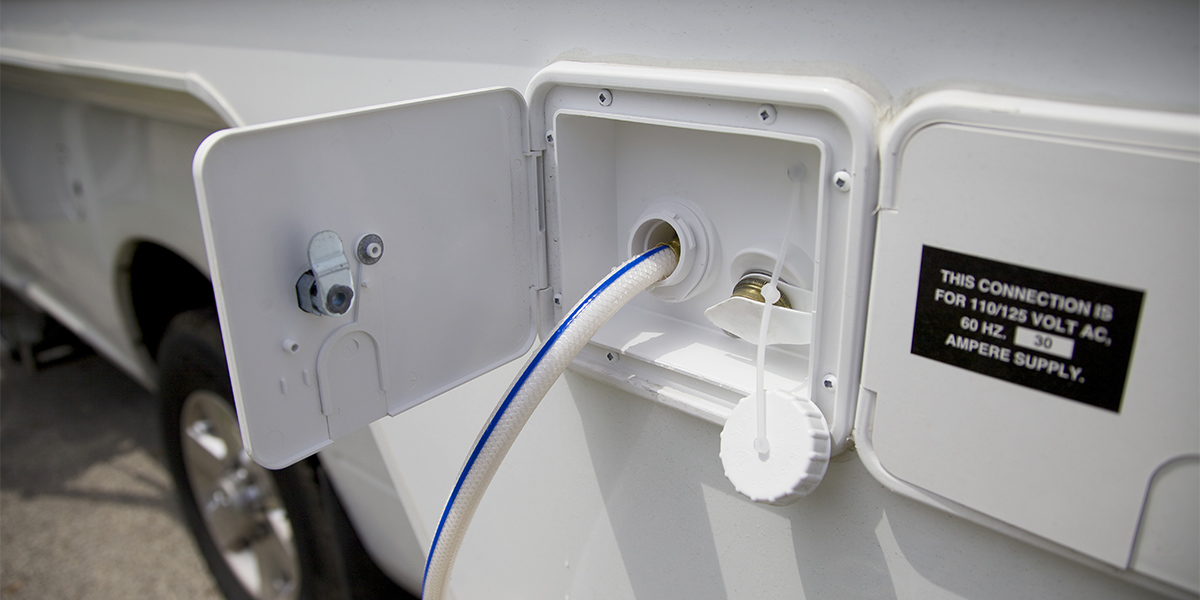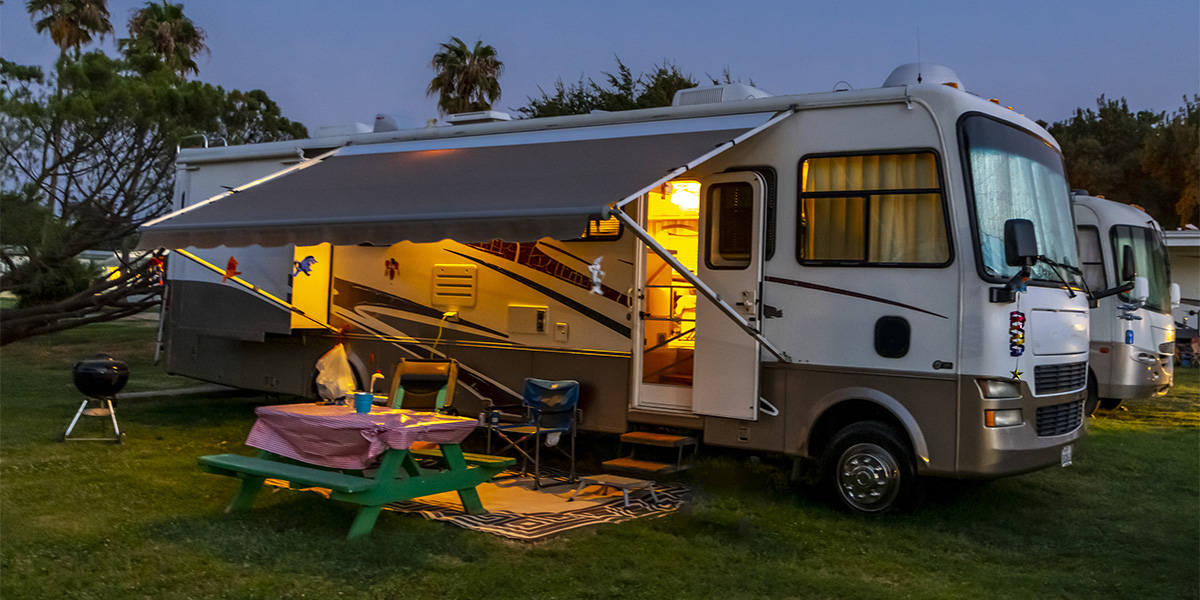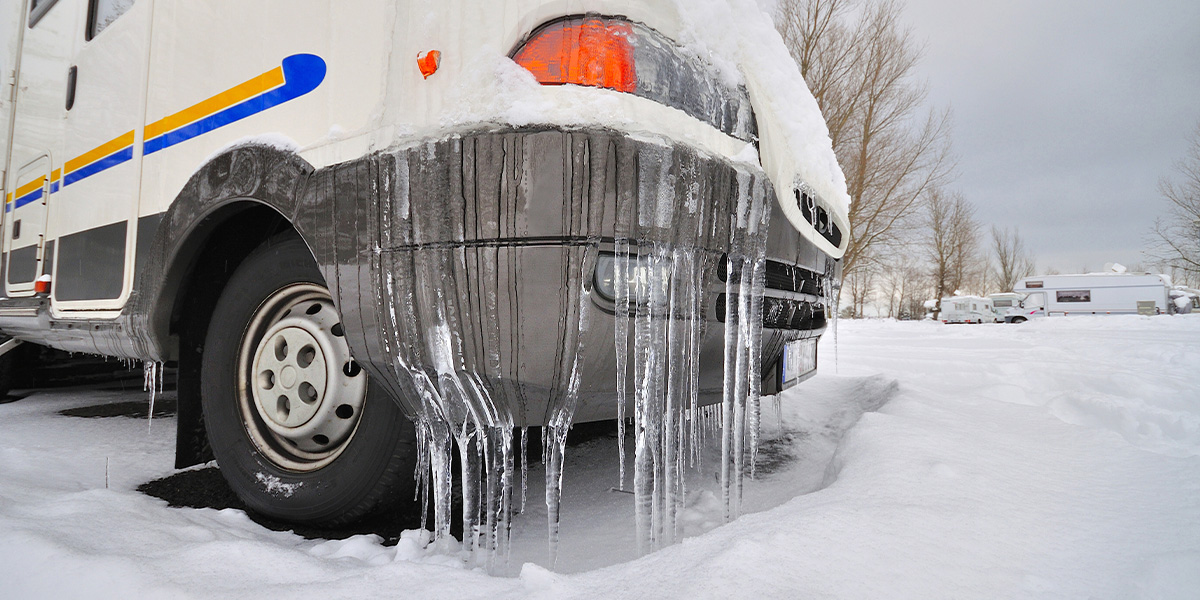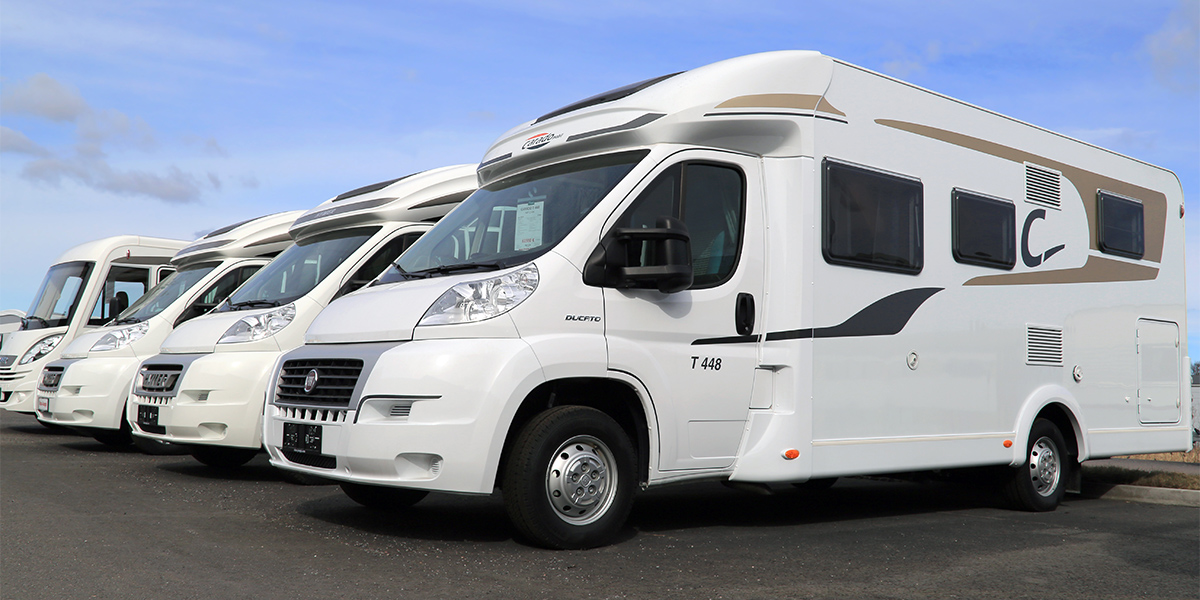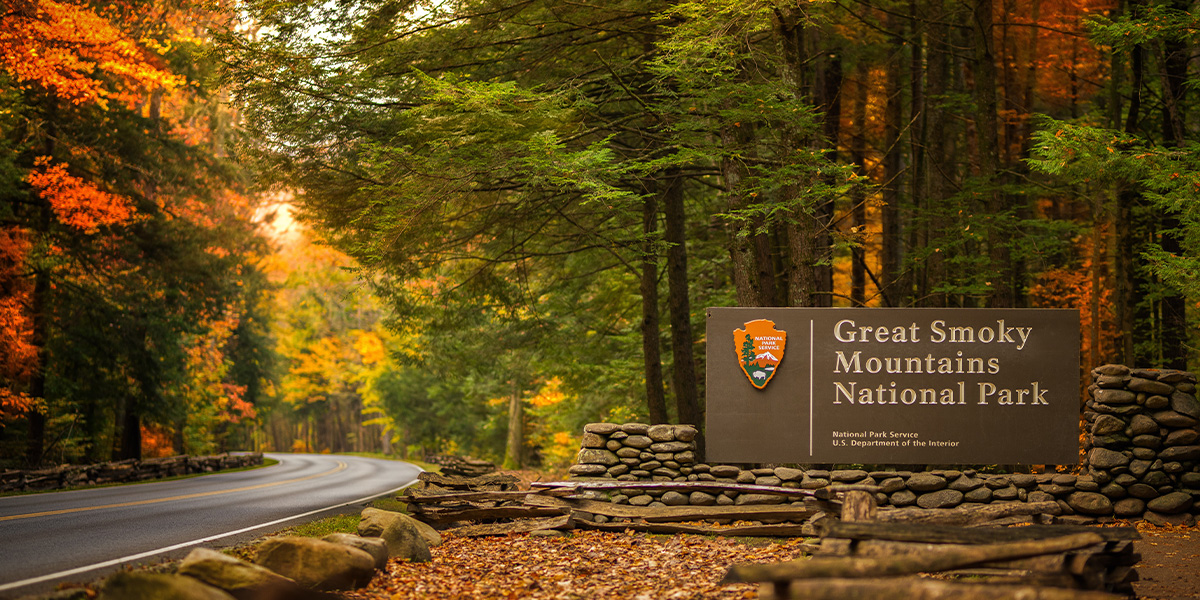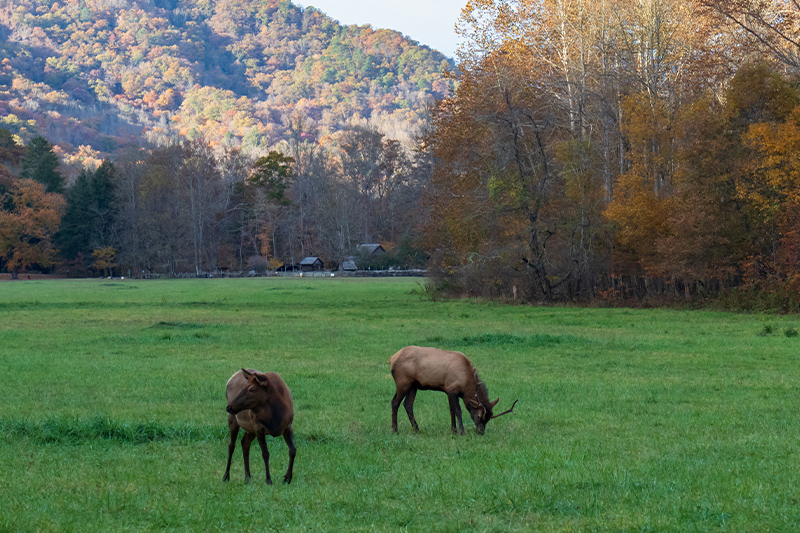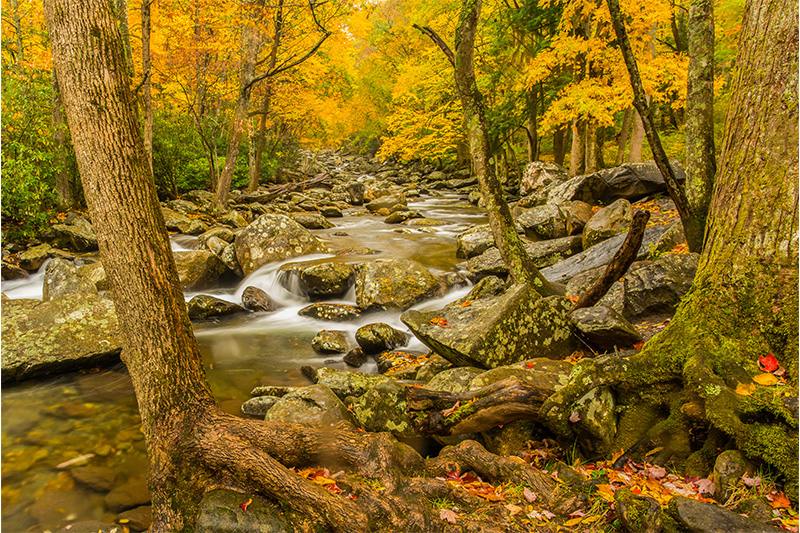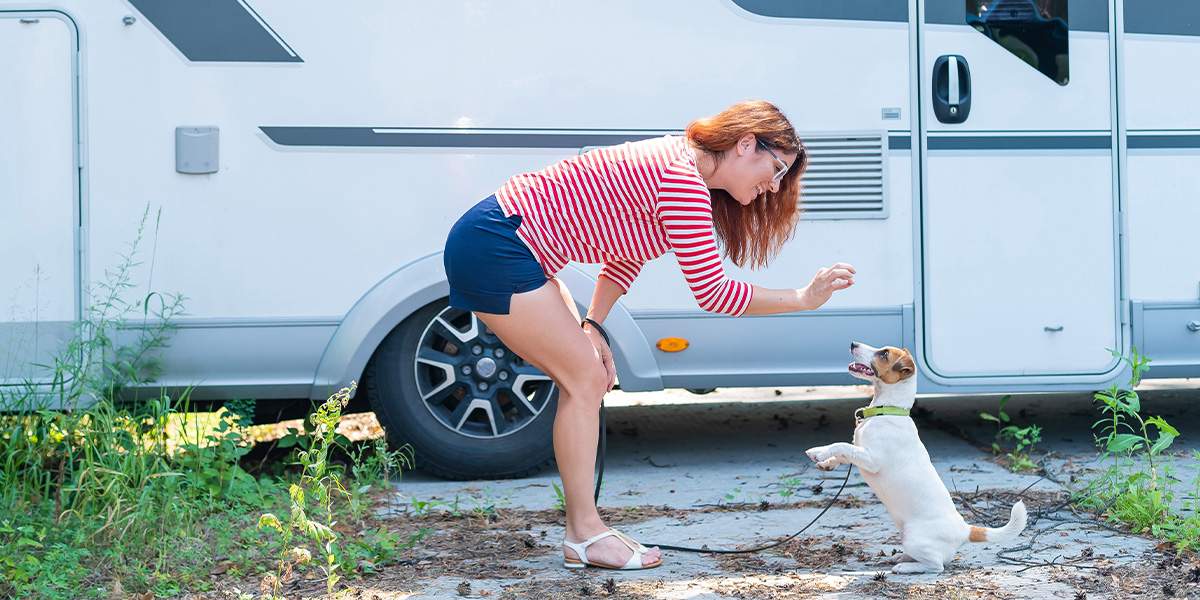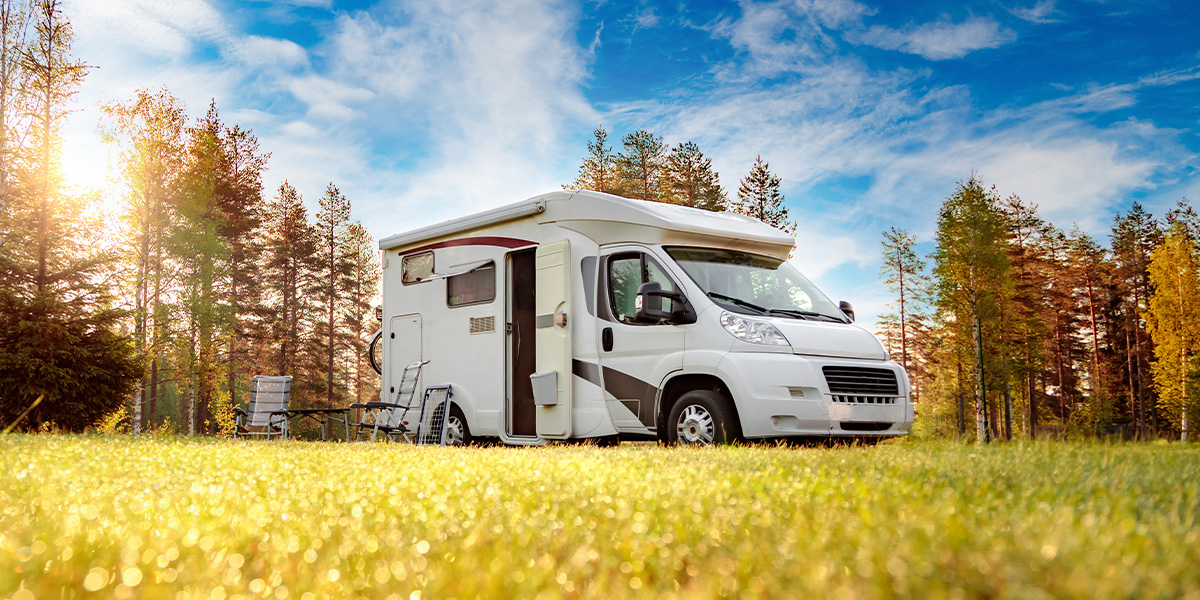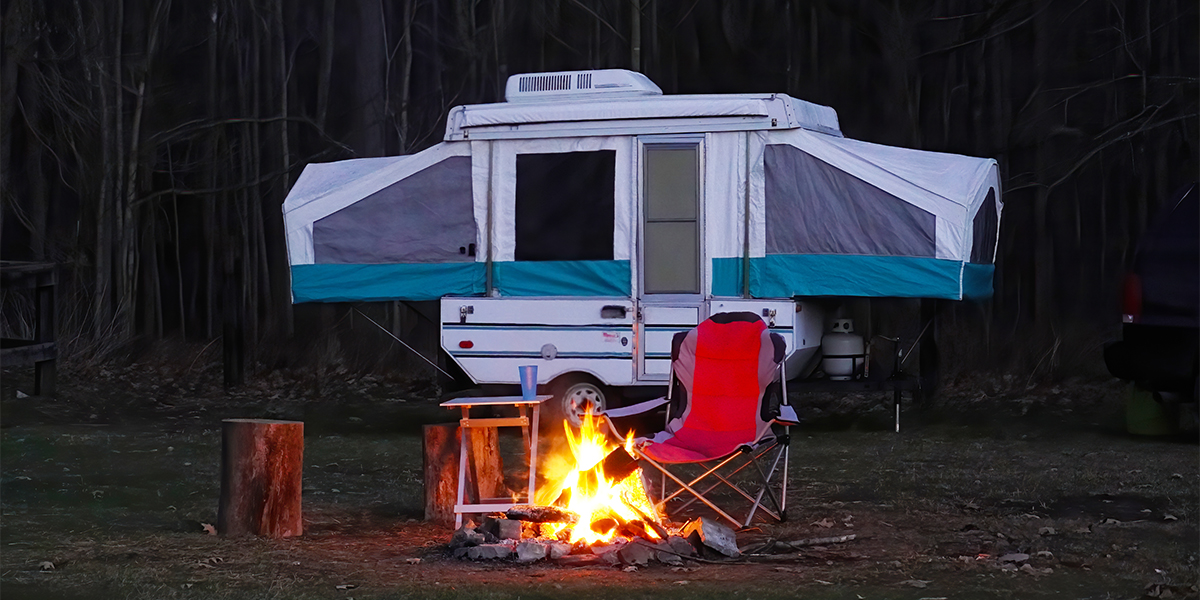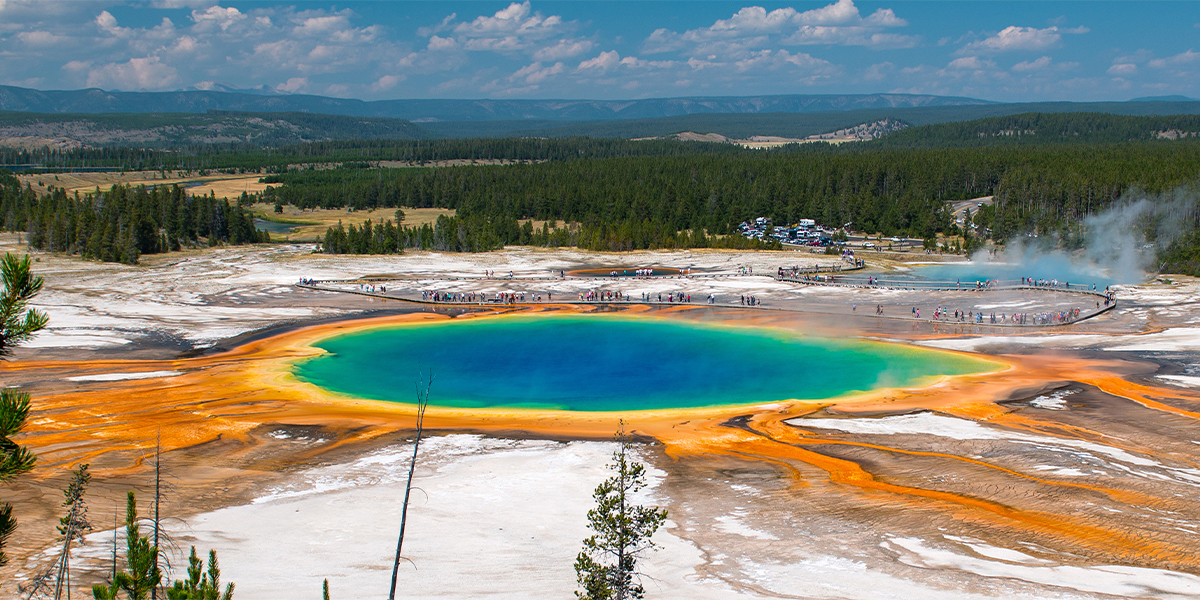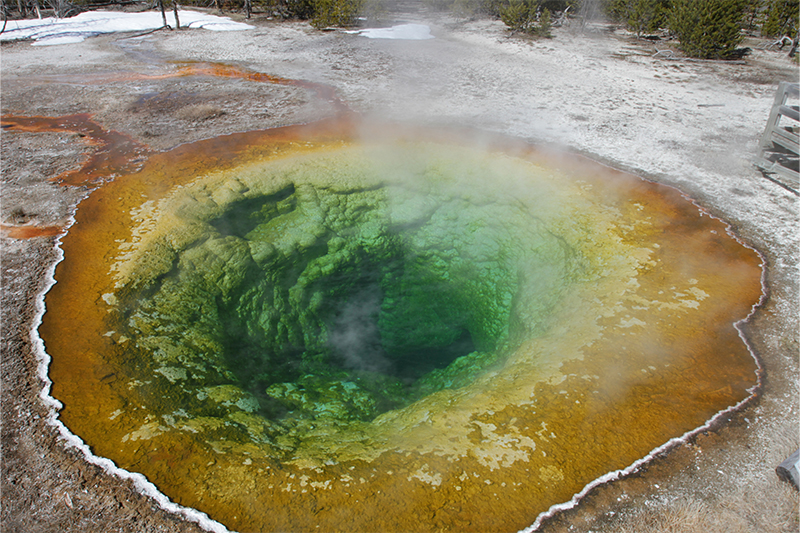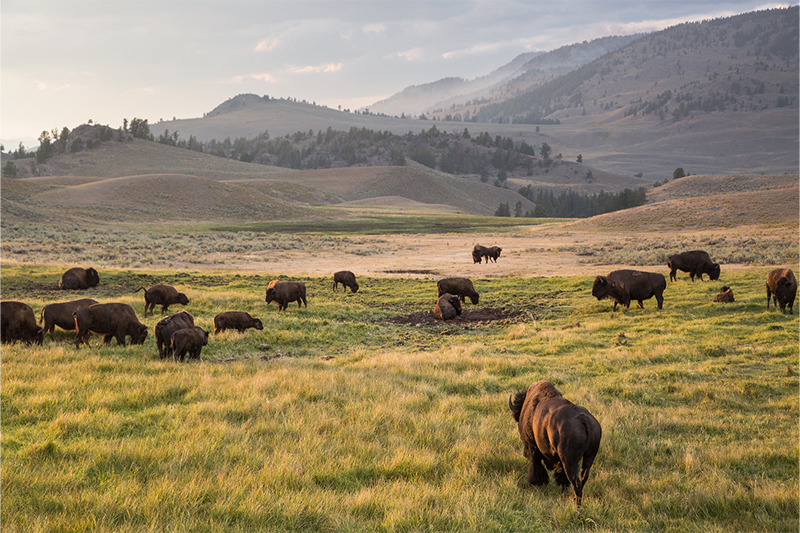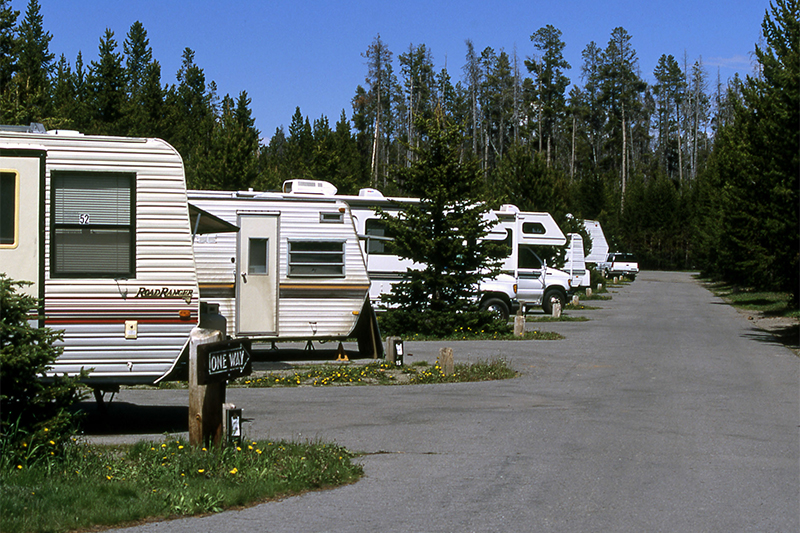RVing offers the wanderlust of camping with the comforts of home, including running water. However, upkeep for this convenience is different from being in your house. It’s important to know how to manage and maintain the fresh water, gray water, and black water tanks, whether you have a Class A motorhome or travel trailer. To get you started, RV Trader has broken down how to fill, empty, and clean your RV water tanks, as directed by most manufacturers.
Filling Your Fresh Water Tank
When filling the fresh water tank, remember to only use a potable water hose. This hose is designated for water that’s safe to drink and use for food preparation. Keep this hose separate to avoid contaminating your drinking water.
Locate your RV’s intake valve and attach the potable hose to one end, with the other end connected to a water spigot. As water flows into the tank, keep an eye on the tank indicators inside the camper to gauge how full the tank is. Once the tank is full, remove the hose and place the cap back on.
If water starts to spray from the hose while it’s connected, you could be overfilling your tank. You also want to make sure the water pressure isn’t too high. High pressure can damage your RV’s water systems and bust pipes or cause leaks. An RV water pressure regulator can help prevent this. Most manufacturers recommend maintaining a water pressure less than 45 psi.
You should decide how much you want to fill your fresh water tank based on where you’re traveling and the hookups available. If you’re boondocking, you might not have access to fresh water, so a full tank makes sense. However, most campgrounds have fresh water fill stations, so you won’t need to travel with a full tank.
Emptying Your Water Tanks
After every trip, you should drain your fresh and wastewater tanks.
Draining the Fresh Water Tank
Longtime RVers recommend not leaving water in your fresh water tank for more than two weeks. To empty the fresh water tank, start by turning off the hot water heater. Once the hot water heater has cooled, open all of the faucets. This includes the shower, toilet, and low point drain lines.
Locate the fresh water tank drain, which is typically under the RV. Open the valve and let the water drain out. You can remove any remaining water by turning on the fresh water pump.
Draining the Wastewater Tanks
To empty the wastewater, locate the valves for the black and gray water tanks. You’ll want to start by emptying the black tank. By emptying the black water tank before the gray tank, you’re able to flush any leftover solids from the hose.
Remember to only drain this water at the designated dump station. Hook your sewer hose up to the black water tank valve, pull the valve, and let the tank drain. When there’s no liquid coming through the hose, close the valve tightly.
After the black water tank is drained, follow the same steps to drain the gray tank. Once the gray tank is empty, you can flush the tank to remove any stray bits leftover that could develop bacteria. Some RVs have a specialized flushing filter. To perform a manual flush, run the water in your shower, kitchen, and bathroom while you’re still connected to the dump station.
Cleaning Your Water Tanks
If you notice any smells coming from the hoses and faucets, be sure to sanitize your water systems. Your RV’s water tanks can grow mold and odor-producing bacteria.
Cleaning the Fresh Water Tank
It’s especially important to clean your fresh water tank. A dirty tank can create an unpleasant smell and give your drinking water a bad taste. We recommend cleaning the tank at least every six months, or more if you’re a full-time RVer. By using a quarter cup of bleach for every 15 gallons of water your tank holds, you can sanitize your tank and fight off any growing bacteria.
Add the bleach to your tank then fill it with fresh water. Inside your camper, open all of the faucets until the tank is empty. Once the tank is empty, fill it again with fresh water and let it sit overnight. The next day, drain the tank through the faucets until the bleach smell is gone. You may need to repeat this process a few times. For more step-by-step instructions, watch this video on sanitizing an RV water system.
Cleaning the Black Water Tank
It’s a good idea to clean your black water tank at the end of your RV season to remove any buildup that may be inside.
Start with an empty tank. Run a garden hose down through the toilet, which is typically located above the black water tank. Turn the hose on and move it around to spray throughout the tank. When the tank is full, drain it.
There are products available to control the odors in wastewater tanks. If you have a bad odor in your tank, get an odor-control product and follow the directions to keep your tank smelling as clean as possible.
Your camper’s water system can make your time on the road much more comfortable. By knowing how to properly fill, empty, and clean your RV’s water tanks, your water system will be perfectly managed and maintained so you can focus on the adventure ahead. For more specific instructions on filling your camper’s fresh water tank, including component locations and other recommendations, check your owner’s manual.
If you’re ready to feel at home on the road, browse the new and used RVs available nationwide on RVTrader.com.
